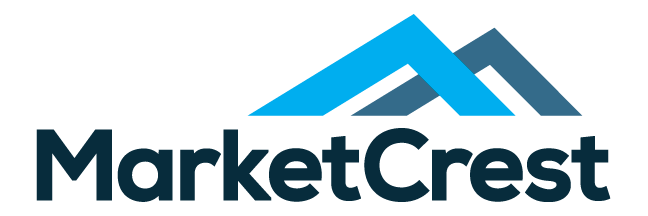More inbound traffic means more leads – and this means more conversions. Here’s a step-by-step guide on why and how optimizing for keywords will increase sales.
Who wants more inbound traffic, more leads, and more sales?
If you raised your hand, then you’ll definitely want to read on and learn how to use keyword optimization to get more business.
You may have heard rumors from internet marketing circles and forums that keywords are dead. Fortunately, this isn’t the case. And even better, we’re going to tell you which type of phrases and queries to target, and how to properly optimize your website and pages for these keywords.
Don’t worry if this sounds Greek to you. All will be revealed if you keep reading.
Keywords Still Matter!
When Google released the Hummingbird update in 2013, many optimization practices were rendered obsolete (like keyword stuffing and measuring keyword density). This update changed the way Google ranks websites, shifting from away from keywords in favor of the quality and relevance of the content provided.
BUT – the update didn’t render keywords obsolete. Matter of fact, they’re still part of Google’s over 200 ranking factors.
Sure, keyword density doesn’t count for anything anymore. And keyword stuffing can get your site penalized. But, the placement of keywords is still important.
We’re going to look at how to optimize a page using proper keyword placement and best practices. But, before diving into that, a brief discussion about the different types of search queries is a must if you want to gain more business through keyword optimization.
Types Of Search Queries: What Are They? And, Why Are They Important?
Entrepreneurs and small business owners new to search engine marketing often focus too much on search volume when researching and targeting keywords.
Make no mistake: search volume is important. And, if you can find a keyword with high search volume and low competition, you’re off to a hot start! Should your website rank for it, an upswing in traffic is almost guaranteed.
But, will the traffic convert into sales?
The answer depends on the content of the ranking page and the search query. If the two don’t match, converting visitors into subscribers or customers may prove difficult.
Now, there are three types of search queries:
- Navigational: Searches performed to find a website. Example: “Pennsylvania official website”
- Informational: Searches performed to research info. Example: “how to research keywords”
- Transactional: Searches performed to buy something. Example: “best smartphone $500”
If the goal is to increase qualified leads and boost sales, keyword optimization with transactional intent should be the target.
Let’s say you are a computer and hardware reseller, and you want to get more gaming graphics cards out of the shelf.
A transactional phrase with high commercial intent like “best gaming graphics card” is a good target. Whoever is searching for the phrase is more likely to buy than a user searching for an informational phrase like “what is a GPU.”
Other potential targets include:
- Buy gaming graphics card
- Gaming graphics card reviews
- Gaming graphics card deals
- Gaming graphics card discounts
- Gaming graphics card under $200
So, pay attention to search volume but don’t neglect the type of search query and commercial intent of a keyword.
Start With On-Page SEO
We now have a clearer idea of which type of keywords to target if you want to get more high-quality traffic and generate sales.
Let’s get to the optimization part!
On-page SEO is always the starting point when you want to rank for a keyword. And, unlike external elements like backlinks (more on this later), on-page optimization relies on elements that you can control.
Here are some keyword placement and keyword optimization best practices to always keep in mind:
- Page URL: Yes, having keywords in the URL is still a good thing. And not just for keyword optimization purposes. Microsoft’s research showed that URLs are one of the elements a searcher considers when deciding which website to click.
- Page Title: Include the target keyword or a slightly tweaked variation to maintain a natural flow. Make it compelling to catch the attention of users, and keep the title under 55 characters so Google displays it in full.
- Page Description: The description should accurately describe the content of the page and have the target phrase and other closely related terms. About 155 characters is a good benchmark for length. And of course, you want a clear and convincing description so users are persuaded to click.
- Content: The content should be logical (what the user expects) and comprehensive while using the main phrase and related terms in a natural way. Don’t sacrifice grammar and readability just so you can include an exact keyword. And lastly, no keyword stuffing!
Now, there’s more to on-page SEO than placing the right words at the right places. If you want to learn more about other on-page SEO strategies you can employ today, check out this infographic which shows the 16 factors that Google and users love… and read the full Keyword Optimization article from our partner Carl Lefever here.
SaveSave
SaveSave








